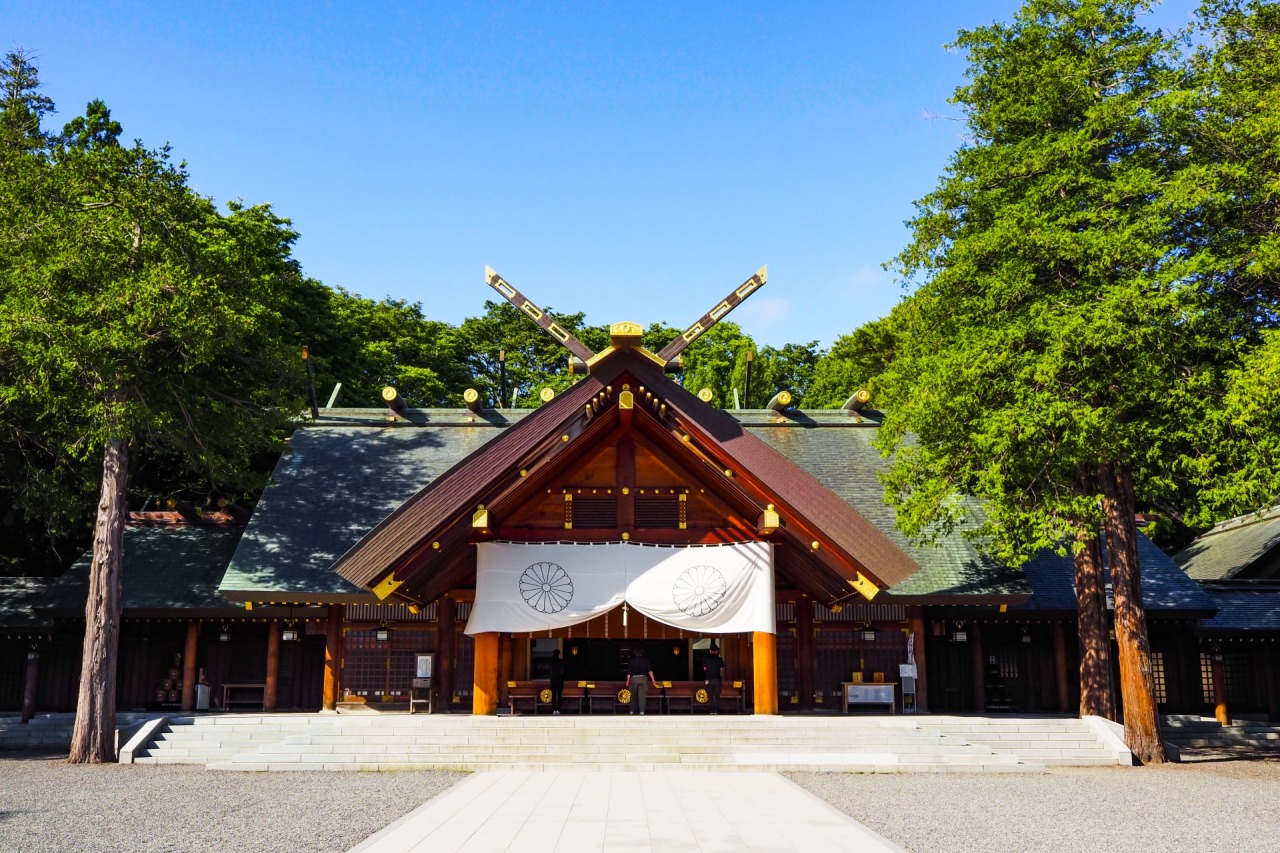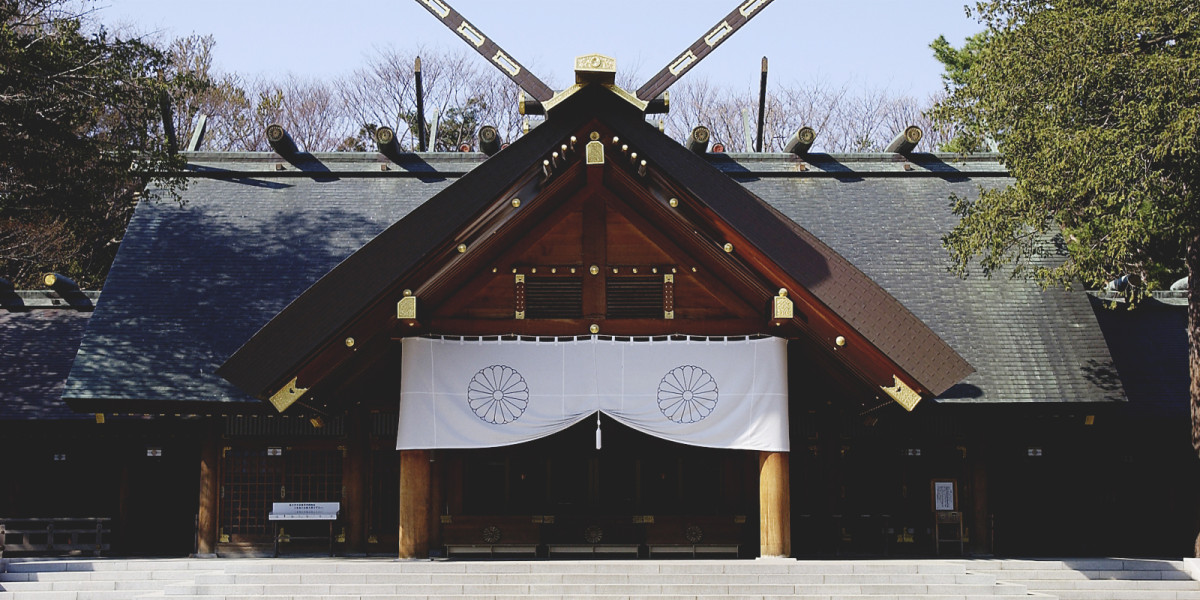


Hokkaido Jingu
The pioneering spirit of Japan's north, enshrined in the heart of Sapporo.
The most important Shinto shrine on Japan's vast northern island of Hokkaido, watching over the development and prosperity of its people from its location in beautiful Maruyama Park.
History of the Shrine
The history of Hokkaido Jingu is deeply connected to the modern development of Hokkaido itself. At the dawn of the Meiji era in 1869, the island was still a wild frontier known as Ezo. The new Meiji government made the colonization and development of this land a national priority. To spiritually guide and protect this massive undertaking, Emperor Meiji ordered the enshrinement of three kami known as the 'Kaitaku Sanshin' (Three Deities of Reclamation).
These deities were chosen for their association with nation-building and cultivating new lands. A temporary shrine was built in Hakodate before being moved to its permanent location in Sapporo, the newly designated capital of the island, in 1871. The shrine was designed to be the spiritual heart of the new frontier. Later, in 1964, the spirit of Emperor Meiji himself was also enshrined, recognizing his pivotal role in Hokkaido's development. The shrine thus symbolizes the taming of the wilderness and the pioneering spirit of those who settled the island.
The Enshrined Kami
The 'Kaitaku Sanshin' (Three Deities of Reclamation) are a trinity of powerful pioneering kami from Japanese mythology, tasked with protecting and cultivating the land of Hokkaido. They are:
- Okunitama-no-kami: A god of the land itself, the spirit of Hokkaido.
- Onamuchi-no-kami: Another name for Okuninushi, the great nation-builder.
- Sukunahikona-no-kami: A tiny but brilliant kami of medicine, knowledge, and sake brewing.
Together, this trio represents all the elements needed for successful colonization: the spirit of the land, strong leadership, and the wisdom of technology and medicine. The later enshrinement of Emperor Meiji adds the authority and vision of the modern era to this powerful group of guardians.
What to See
Hokkaido Jingu is located within the expansive and beautiful Maruyama Park, making it a beloved spot for locals for relaxation and nature appreciation. The approach is marked by several large torii gates. The shrine complex itself is made of unpainted wood in a classic, dignified Shinto style, creating a sense of clean, crisp solemnity that fits the northern climate.
The grounds are particularly famous for their cherry blossoms. The path leading to the shrine is lined with cherry and plum trees, which bloom simultaneously in early May, later than in the rest of Japan. This makes the shrine one of the country's most famous 'hanami' (cherry blossom viewing) spots, attracting large, joyful crowds who celebrate the long-awaited arrival of spring after the harsh winter.
Major Festivals
The main festival is the 'Sapporo Matsuri', held annually from June 14th to 16th. It is one of Hokkaido's largest festivals. The highlight is a grand procession on the final day, where four 'mikoshi' (portable shrines) representing the four enshrined kami, along with several large, ornate floats ('dashi'), are paraded through the streets of central Sapporo. Hundreds of people dressed in traditional Heian period costumes accompany the procession, creating a vibrant link between the city's modern life and ancient traditions.
Support Hokkaido Jingu
Your participation helps preserve this sacred site for future generations. Every digital offering contributes to real shrine preservation efforts across Japan.
By making an offering, you become part of a global community honoring Japanese spiritual traditions and supporting the cultural heritage that has been cherished for centuries.